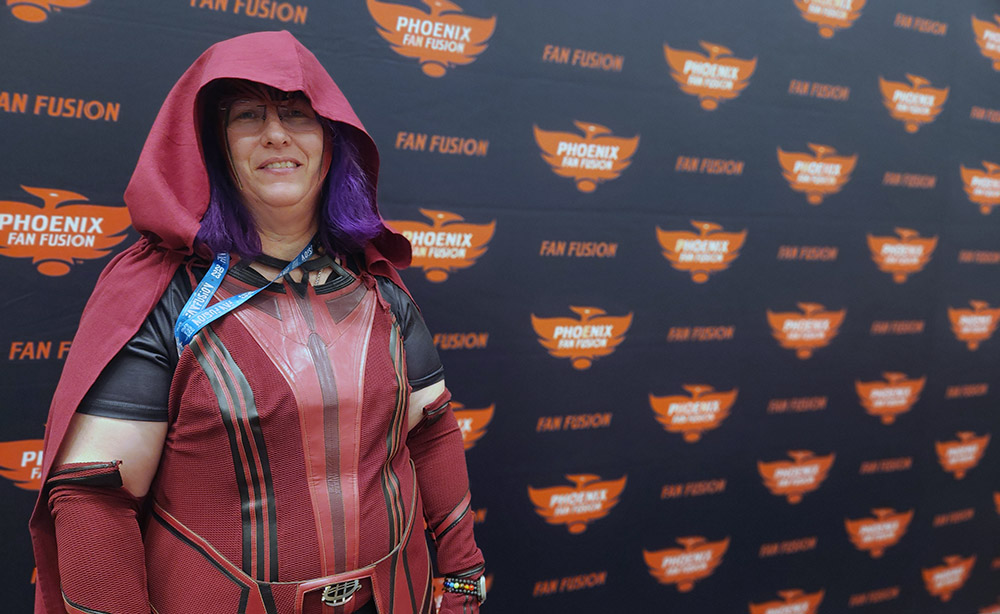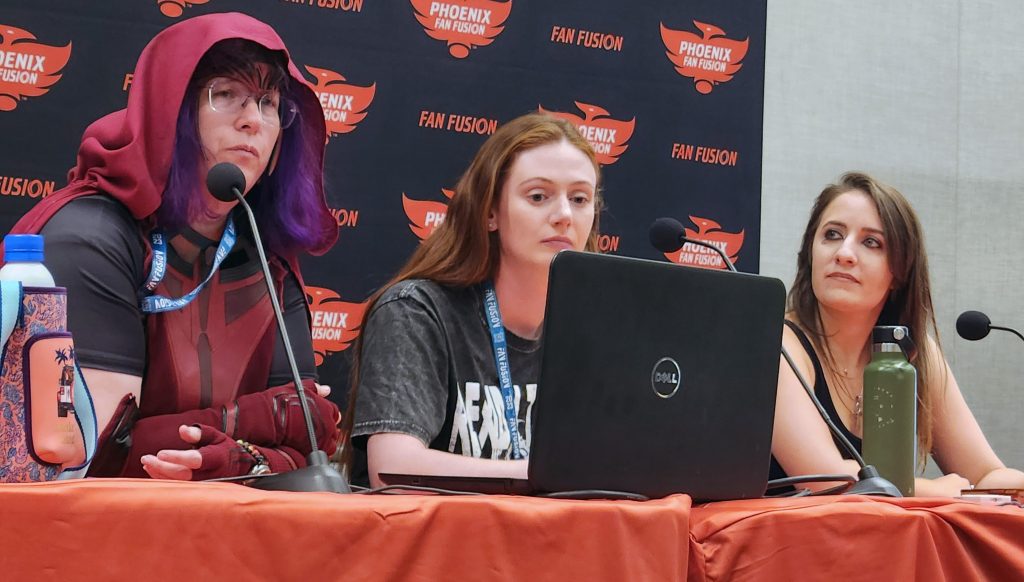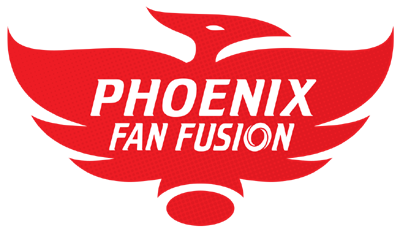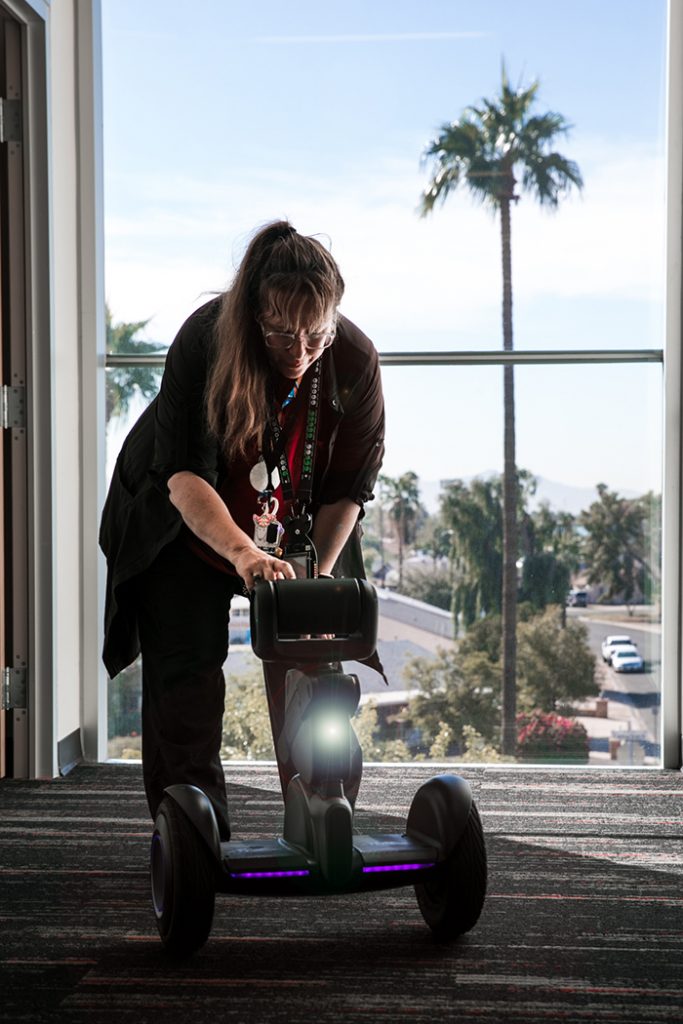
Here’s the thing about mummies.
Not only are they wrapped in lore but, let’s face it, they’re just fascinating.
Consider Martha Peterson, who was born in 1824 and died in 1951.
Far removed from the pharaohs, the New Yorker’s mummified body was discovered in 2011 in Elmhurst, Queens. At first, investigators thought Peterson, an African American woman, was the victim of a crime. But they determined she likely died of small pox. Her remains were so well-preserved that investigators could still see the small pox lesions on her arms.
Her preservation was due in no small part to how she was buried, in a metal, mummy-shaped case called a Fisk coffin. The box was designed to preserve a corpse for delayed internment or travel, and to prevent the spread of disease, since outbreaks of cholera and other illnesses were thought to have resulted from overcrowded cemeteries.
Another fascinating mummification story: the practice of Buddhist monks who deny themselves of all sensual pleasures in pursuit of a higher spiritual plane. Some have denied themselves to the point of death and enter mummification while still alive.

Such was the topic of discussion Friday at Phoenix Fan Fusion, where Grand Canyon University associate professor of IT and cybersecurity Deborah Haralson shared stories about those fascinating mummies in the science panel discussion “Mythbusting Mummy Movies." It was one of many educational talks approved for teacher professional development hours and presented by the nonprofit RealTimeSTEAM.
Panelists delved into more than 100 hours of panel talks at the three-day Fan Fusion, an extravaganza of all things comics, gaming, sci-fi, steam punk and fantasy with tens of thousands dropping into the Phoenix Convention Center for meet-and-greets with the likes of actors Jeremy Renner, William Shatner and Paul Bettany. Attendees also could load up on POP! dolls and Pokémon plushies from vendors that packed the convention center floor, play Dungeons and Dragons and other games, enter a cosplay competition, or have fun learning about science.
This was the fourth time Haralson has participated in Fan Fusion.

"I'm just a huge fan of all things sci-fi/fantasy," she said. "I just love figuring out when art imitates science vs. science imitates art."
She also loves representing GCU at Fan Fusion and places like the Arizona Science Center, where she's helmed talks, because the University is the first institution she's worked at "that recognizes STEM is everywhere, and they support me in that."
In addition to “Mythbusting Mummies,” Haralson lent her expertise on Friday to a science of “Battlestar Galactica” talk titled “Maybe We Should Have Given Cylons an Off Switch." Then on Saturday, she was part of the discussion “Can I Just Put on Khan Academy and Take a Nap?: A Look at Online Resources for Teachers."
Haralson and Arizona State University PhD candidates Maxine McCarty and Adele Crane spoke about mummies in popular movies, noting recent titles such as Brendan Fraser’s “The Mummy” films, the various “Scorpion King” movies and Tom Cruise’s “The Mummy." They shared how the mythology in those films stand up to reality.
Haralson, dressed as Scarlet Witch, defined what a mummy is: A dead human or animal whose soft tissues have been preserved, intentionally or accidentally, by exposure to chemicals, lack of air, extreme cold or low humidity.
Then she took the audience through a game of “Is this a mummy or is this not a mummy?”
One creature featured in the game was a baby mammoth who died in La Brea 42,000 years ago. Haralson also spoke of animals who were petrified after dying in Lake Natron in Tanzania, which has an extremely high soda and salt content.
“We’ve had some of these where we’ve actually been able to determine the color of the critter,” said Haralson, who also explained the process of Egyptian mummification.
The process happened over many months, often taking more than a year. Egyptians used a salt called natron from a nearby lakebed.

“We’re not sure about the exact composition for it,” she said.
ASU's Maxine McCarty educated panel attendees about how Egyptians viewed the human soul, which was broken into nine different parts.
“They didn’t think of a soul the same way we did,” said McCarty.
After a person died, the part of the soul called the ba would travel through the underworld, going through various perilous gates and fighting demons before undergoing trials with 41 gods. The ba would share with those gods sins he or she did NOT commit.
“I did not lie, I did not cheat … that kind of thing,” McCarty said, and if they made it past the 41 gods, then their heart would be weighed against the feather of Ma’at. Only if the heart was equal in weight to that Ma’at feather would a person make it into the afterlife and achieve immortality by reuniting with another part of the soul, the akh.
Still, even after making it to the afterlife, if a person’s name or likeness wasn’t written somewhere in the world of the living, their immortal soul would cease to exist. It’s why cartouches, or Egyptian nametags, were found on tombs.
Egyptian believed the afterlife was just a reflection of our real lives. It is why pharaohs were buried with all their worldly goods, “which is great if you’re rich but not so great if you were a farmer,” McCarty said.
She also spoke of the Book of the Dead, which unlike in mummy movies, were not these big black books of doom. They actually were an individual’s stories that were written down. So every person had a Book of the Dead, which was filled with spells and incantations to help that person get through their perilous journey in the underworld.
McCarty also shared what has bothered her about mummy movies, which is how certain people were portrayed as evil when they weren't. One example is Anubis, who was technically the god of embalming, not necessarily the god of death.

ASU's Adele Crane spoke of the origins of the mummy’s curse.
She said that talk of a mummy’s curse wasn’t common until about the 1800s. But it really blew up in 1922, when the tomb of King Tutankhamun was opened. The tomb opening was followed by the deaths of many of those associated with it, starting with financial backer George Herbert, who died from blood poisoning from an infected mosquito bite.
“That’s also why you see, in a lot of early mummy movies, a lot of them are placed in 1922 to 1924 … because that’s the origin of this curse,” said Crane.
She also spoke about some real people represented in mummy films, such as Imhotep in Fraser’s “The Mummy” movies. Imhotep rose from the middle class to become the pharaoh’s chancellor, a high priest and possibly the architect of the first pyramid.
The Medjai, also mentioned in those Fraser films, also were a real police force that protected the tombs and City of the Dead.
Haralson and the other speakers also answered questions from the audience, such as: "When did humans first start performing mummifications?"

Haralson said the first one we know of in Egypt was the Scorpion King, who wasn’t just played by Dwayne Johnson in the movies but was one of the first kings of Egypt, going back to 3150 BC, or Dynasty Zero.
“It’s very difficult for us to determine when the process actually started because we don’t have bodies,” Haralson said. “One of the problems in observing these things is when they (the tombs) are looted, we don’t get the bodies, we don’t get the treasure.”
But what we do get is fascinating.
GCU Internal Communications Manager Lana Sweeten-Shults can be reached at [email protected] or at 602-639-7901.
***
Related content:
GCU News: Professors unleash inner fan boy, girl at Fan Fusion















